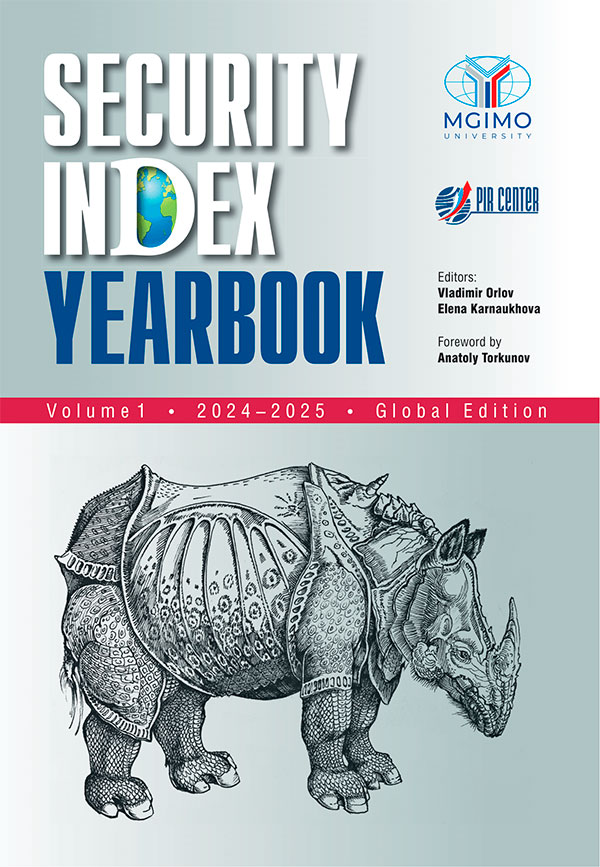... complications, today it is hard to imagine that EU states would accept NSR as a preferred transit corridor from the Asia-Pacific using Russia as the main link in this transit. This is why the odds are that in the nearest future NSR will be used mostly to serve Russia’s domestic cabotage needs as well as to ship Siberian oil, coal and LNG to China, India and other consumers in Asia. With due commitment, the annual size, which now amounts to almost 40 mln tons, can be doubled by 2030 and later on it can reach even 150 mln tons a year, but it will hardly ever successfully compete with ...
... even if under a new operator.
This has a practical confirmation: even though there were major drops in physical amounts of oil (by 65% compared to the first six months of 2021) and coal (by 40% compared to the first six months of 2021) purchased from Russia, LNG is far less vulnerable to this trend, and its sales to Japan at year-end 2022 are most likely to demonstrate a moderate increase compared to 2021. Curiously, even though Japan joined anti-Russian sanctions,
in monetary terms, Russian exports
of mineral ...
... opportunities but a lot more risks?
The Pakistan Stream Gas Pipe Project undoubtedly opens major investment opportunities for Pakistan. Among them are establishment of new refineries; the launch of virtual LNG pipelines; building of LNG onshore storages of LNG; investing in strategic oil and gas storages. Yet, it seems that Pakistan is likely to win more from the Project than Russia. And here’s why. The current version of the agreement signed by Moscow and Islamabad has been essentially reworked. According to it, Russia will likely to receive only 26 percent in the project stake instead of 85 percent as it was
previously ...
... Rosneft can achieve the coveted goal of supplying its own natural gas to the European market to compete with Gazprom. Gazprom itself also supplied LNG to Egypt until recently. However, the situation has changed in recent years. For the time being, only LNG from the Egyptian Damietta terminal
has come online
.8 The key players here are not Russian, but US Chevron with 39.66% of the Leviathan project and 32.5% of the Tamar project, as well as the Israeli Delek Drilling and others. By linking the Israeli fields with Egyptian LNG terminals, all these players plan to take a share of the gas ...
... to create a gas hub. Egypt is
planning
to receive gas from neighbouring states, liquefy it at the Egyptian LNG plant (Idku LNG with a capacity of 7.2 m. tonnes a year), and sell it on global markets, sending it by tanker to Europe or Asia.
Egypt’s ... ... an important boost to the crisis- stricken Lebanese economy.
Anna Manafova:
Is the Eastern Mediterranean a New Competitor for Russia on the European Gas Markets?
Transporting the gas to Europe demanded that Cyprus be involved. This once again raised the ...
... which intends to sell its own LNG to Europe; thus far, however, the United States is behind Russia in shipment volumes and cannot compete with Russia pricewise. In November 2018, the U.S. Department of State expressed
concern
over Europe purchasing Russia’s LNG, believing that it increases Europe’s dependence on Russia and in the final analysis allegedly undercuts Europe’s energy security.
Solving its own energy problems in the remote regions of the AZRF, Russia intends to site a floating nuclear power ...
... Gazprom, Rosneft and NOVATEK are actively working to build LNG terminals in the Baltic, the Arctic and the Far East. In other words, while already supplying spot market gas, Gazprom is in a position to break into the regional market by the time the new Russian LNG terminals have reached their design capacity in the coming years.
A Pipeline Alternative
Given Russia’s geographical remoteness from India, the issue of building pipelines between the two countries has always been seemed a little “out there.” ...
... of gas supplied to Europe (including Turkey) in 2017 – 194.4 billion cubic metres. Meanwhile, the United States delivered just 2.75 billion cubic metres to Europe during the same period.
This difference poses a risk both for Nord Stream 2 and for Russian gas exports to Europe as a whole. The United States hopes to increase LNG exports and become the main supplier of liquefied natural gas to the global market. There is information that U.S. companies have submitted applications to the Department of Energy (DOE) for licenses to export LNG produced at their plants, the
total ...
... level. The dynamics over the past three years have been positive, so the optimistic scenario has a chance.
Despite the fact that Russia exports significant volumes of coal, it also imports between 20 and 25 million tonnes annually from Kazakhstan for electricity ... ... Coal-Free Portfolio
The future of coal in Europe is unclear. As gas grows cheaper due to the gradual increase in the number of LNG suppliers and improvements to the regasification infrastructure, the demand for coal in the region is expected to decline ...
... CEER) helps potential and existing shippers find relevant information on services and respective costs what in turn is essential for the overall market development. Despite its key advantage of being the primary and depoliticized alternative to the Russian gas, LNG industry in Europe remains very conservative since it uses only proven unchanged technology. However, there are various LNG infrastructures in use and there is currently enough flexibility of services offered by terminals. For instance, Italy and ...



